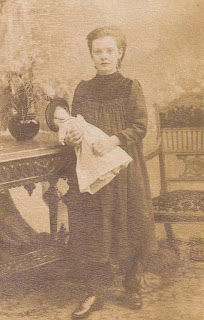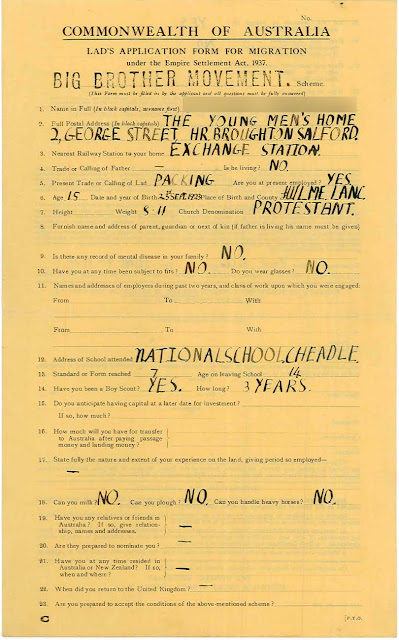Mount Herman – a school for all

The following blog post has been written by Katie Royle, a student at Manchester Metropolitan University who recently completed her Master's in Public History and Heritage. As part of her course Katie used the Together Trust Archive located at Manchester Central Library to undertake research on some of the young people in the Charity's care who were emigrated. In the spring of 1883, Manchester was hit by evangelical fever when a famous American preacher began a fortnights mission in the city. Dwight L Moody had achieved fame through a mix of his ‘man of the men’ persona and his ‘peculiarly original style’ of preaching, which gained him a widespread following both in America and throughout the world. Moody, together with hymn singer Ira Sankey, visited Manchester as part of a nationwide tour where, not unlike the celebrity pop stars of today, the sermons attracted thousands. Moody had said he ‘feared the cold formalism which was creeping over Christianity’, and his services we...














